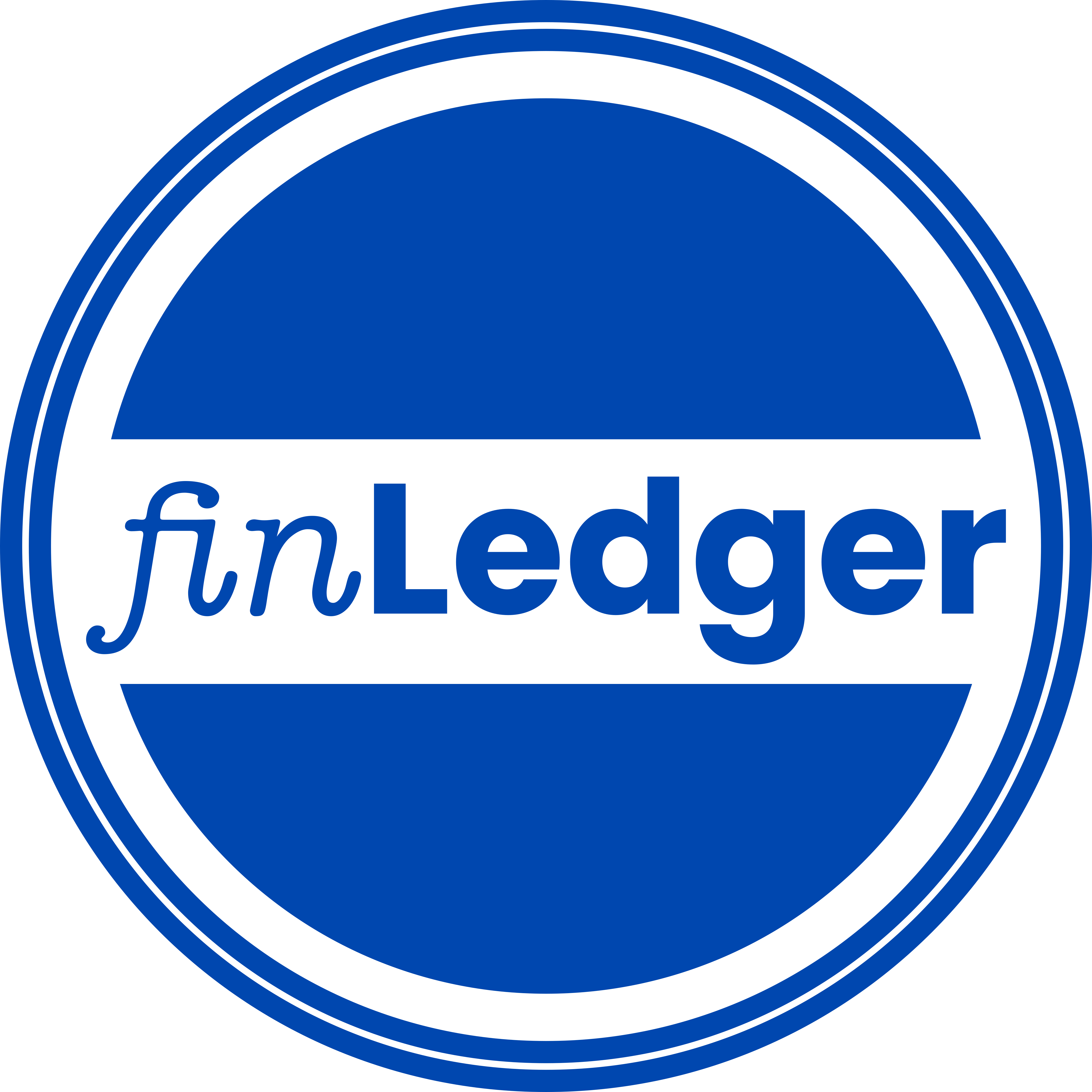Challenger bank MoneyLion is moving away from an ‘all-in’ subscription bundle model to segmented offerings for a diverse client base across the wealth spectrum.
The 7-year-old New York-based company, which launched as a personal finance and lending platform, added digital banking and investing a few years into its operations. Today, MoneyLion offers banking, lending and investment products to 6 million users. It is reportedly valued at nearly $1 billion.
Throughout its history, the company has offered subscription bundles at varying price points. By 2019, it offered a free checking account; a Credit Builder Plus membership that included managed investing and Instacash (cash advances) at $19.99 per month, along with a $9.99 Instacash with banking tier.
Now, MoneyLion has unbundled its offerings into smaller, bite-sized pieces: checking accounts at $1 per month; managed investing at $1 per month; and a Credit Builder Plus bundle, which includes access to credit builder loans and banking, for $19.99 a month. The new changes took effect in July.
It’s a shift the company made to accommodate varying needs across its client mix. CEO Dee Choubey said the new approach was based on customer feedback and the necessity to make membership more accessible.
“We’re constantly listening to our members and providing them with not only the financial tools they need to achieve their various goals but also delivering our powerful tools to them in a way that fits their financial lives,” he told FinLedger. “Because their financial needs change based on where they are in their financial journeys, we too must remain flexible in how we deliver our products.”
MoneyLion, which generates revenue from subscriptions and transactions, has amassed a significant enough user base to put it within the ranks of the top challenger banks in the U.S. But the field of subscription-based digital banking fintechs is crowded. Stash, for example, offers subscription-based banking, investing and personal finance management services at $1, $3, and $9 per month tiers; Qapital offers personal finance and investing for $3, $6 and $12 bundles; and Chime (which just raised $485 million at a $14.5 billion valuation), whose bank account is free, debuted a credit-builder product this year.
MoneyLion’s marquee features
Choubey suggested MoneyLion differentiates through a set of distinct features.
MoneyLion’s checking account, which is called RoarMoney, underwent a revamp in July through a new partnership with Mastercard and MetaBank. It includes access to paychecks two days early, a network of fee-free ATMs and low fees. Its unique features include Shake ‘N’ Bank, where customers shake their phones at the point of sale with cashback rewards that are deposited into their investment accounts, and purchase price protection, in which customers are eligible for rebates when items purchased are cheaper elsewhere.
“It’s a very fun way to think about financial access,” said Choubey. It’s another way for [consumers to think about] financial literacy, where our consumers are now on an active basis thinking about the cross section of banking, investing and credit.”
MoneyLion’s Credit Builder loans offer access to credit without a credit check with varying APRs (5.99% to 29.99%) depending on the customer. According to the company, much of the $19.99 monthly Credit Builder membership fee can be recouped by regularly logging into the app and meeting a minimum number of transactions through the debit card. Meanwhile, on the investing side, the company recently added a series of thematic investing solutions, including ETFs aligned with environmental, social and governance characteristics.
“The intent here is to deliver investment solutions that are very much aligned with [customer] needs,” explained Jon Stevenson, head of wealth management at MoneyLion. “I have my RoarMoney account where I’m getting a direct deposit; I can turn on auto-invest, which is our nomenclature for scheduled investments [and] I’ve got my core asset-allocated portfolio, where I’m putting money away and saving for tomorrow.”
Subscriptions vs. the downward pressure toward free
Jim Miller, vice president of banking and payments at JD Power, said many fintechs are moving to subscription-based models to monetize their offerings. The challenge for them, particularly those that offer checking accounts, is keeping these customers when many expect free services, he told FinLedger.
“Most people have come to expect that if their money is involved, and they’re not borrowing it, it should be free,” he said. “I think the subscription model is pretty tough across the board, unless it’s like Netflix where people have gotten used to paying that right from the beginning.”
Despite these headwinds, for MoneyLion’s Choubey, what sets the platform apart is its ability to feature products — particularly lending products — that banks find difficult to offer at scale. He cited the example of the company’s Instacash cash advance product, which he said saw 20% to 40% month-over-month growth during the pandemic.
“The hardest working Americans need this product more than ever,” said Choubey. “If you look at how we’ve been able to integrate lending into digital banking and our ability to lend to consumers when incumbent banks cannot, it’s actually the best time, and the best use case for MoneyLion in times like this.”
